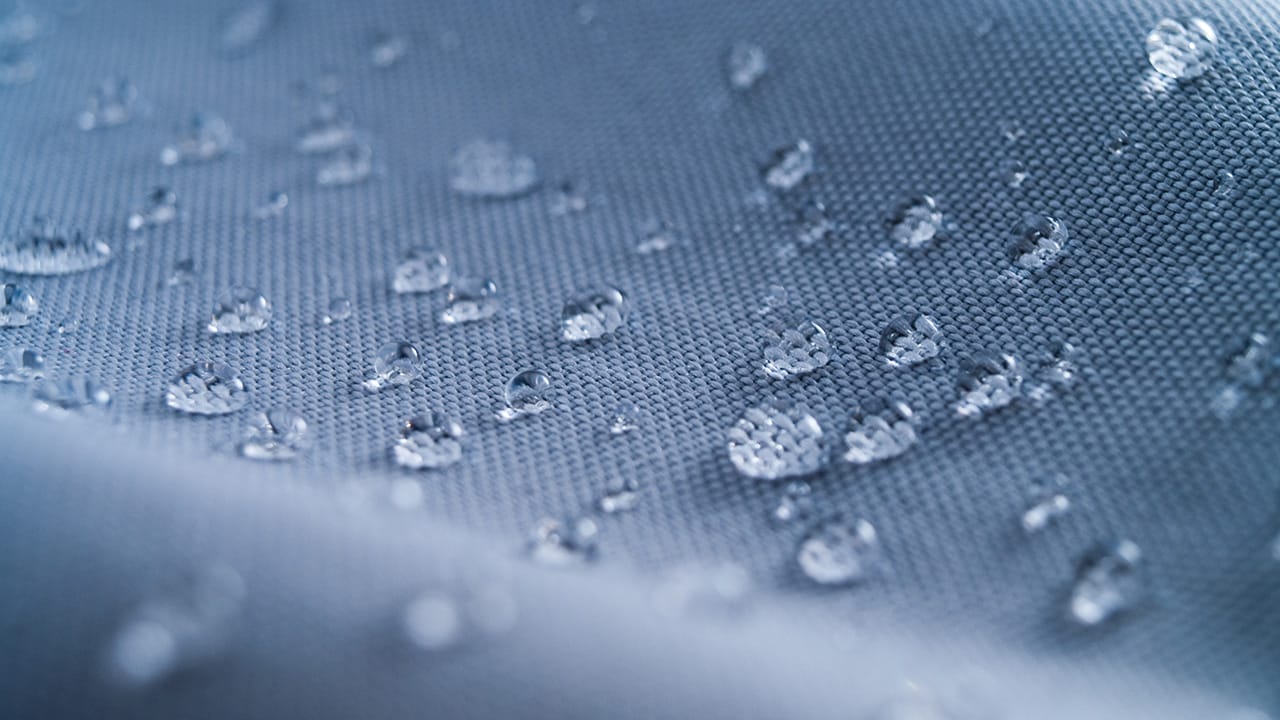What’s in store for water and wastewater industries in 2024?
By Tom Kruczynski – Sector Manager, Industrial, Chemicals & Energy
The water and wastewater industry is in the throes of a perfect storm. Issues range from sewage pollution and water stewardship to life-threatening water stress and scarcity. Even decarbonisation presents challenges. Mining lithium and cobalt for batteries, and tellurium for solar panels, brings huge water requirements, as does hydrogen production.
All eyes are on the sector as it mobilises to address these highly complex matters. Companies are innovating to overcome various technical hurdles, but the issues are far from solved. Continued R&D investment and collaboration between industry stakeholders and governments is necessary to ensure that every human has access to clean and safe water.
Based on our work and discussions with leaders in the sector, we’ve identified three headline trends that will dominate in 2024.
1. A solid case for Zero Liquid Discharge
Zero Liquid Discharge (ZLD) sees wastewater recovered, treated, and recycled, with all contaminants concentrated in a solid waste stream. It’s an evolving water treatment ethos that aligns with water reuse obligations and government regulations.
Historically, ZLD was achieved through standalone thermal processes involving brine concentrators, brine crystallisers, or evaporation ponds. However, multistage processes are increasingly being adopted to reduce energy consumption. These include pre-concentration using reverse osmosis membranes to reduce the size of the evaporation system, and salt-concentrating technologies such as electrodialysis, forward osmosis, and membrane distillation. Each application (and wastewater composition) has its own specific requirements, demanding thoughtful specification and integration of technologies.
As with many water treatment methods, drawbacks of ZLD relate to energy requirements and costs. Benefits of performing it onsite include reduced cost of water acquisition, less reliance on the input water source (less water risk), and in some cases the opportunity to recover valuable resources including metals and minerals. Continued development and incorporation of new technology will help improve the viability and sustainability of ZLD, enabling wider industrial rollout.
2. Thirst for digital transformation
Though it’s not exactly the vanguard of the digital revolution, the water industry is making headway on digital transformation. Water utilities’ adoption of AI-based acoustic leak detection technology for reduction of Non-Revenue Water (i.e., water loss) is a prime example. Acoustic data collected from hydrophones and accelerometers is the main input, often aggregated with other data sources such as pressure transducers or flowmeters. AI-based algorithms are applied to this data, to identify and classify anomalies, and to pinpoint leaking pipes so remedial action can be taken.
Digital technology is touching other areas of the industry too. Increased instrumentation and connectivity of industrial process equipment and water treatment facilities enables operators to optimise processes to improve efficiency and detect failures more quickly. Digital twins – a dynamic digital representation of real-world entities and their behaviours – are also being adopted across the sector. This helps operators improve decision-making, ensure regulatory compliance, lower operational costs, and increase reliability.
The power and value of digital systems is set to grow in 2024 and beyond. Further instrumentation, connectivity, and interoperability between assets will unlock more data and generate actionable insights.

3. PFAS isn’t going away
Per- and polyfluoroalkyl substances (PFAS) are of great concern to the water industry due to their persistence, toxicity, and contamination of water sources worldwide. Industrial facilities continue to release PFAS chemicals into waterways, as they are still widely used in products such as firefighting foam, non-stick cookware, and water-repellent fabrics.
The PFAS crisis will be difficult to solve and must be tackled from multiple angles. For instance, manufacturers need to reformulate products and revise processes to eradicate PFAS and prevent further discharge to the environment.
Effective monitoring is also key. Currently, PFAS analysis is predominantly based on high-performance liquid chromatography coupled with tandem mass spectrometry. Concentrations of interest, including regulatory limits imposed by the EHA and EPA , are extremely low, in the order of parts per trillion (ppt). This means analysis is time-consuming, costly, and has to be performed in professional laboratories .
However, significant research is underway surrounding PFAS-detecting sensors and on-site detection methods, such as ion-selective electrodes, electrochemical sensors, and fluorescence sensors. These developments could significantly improve the monitoring and management of PFAS. New treatment methods are being developed and introduced too. For instance, components of PFAS molecules can be broken down into non-hazardous compounds using electrochemistry, and specially engineered absorbent materials can be used to trap PFAS and remove them from water. Ongoing effort is required to industrialise and scale these solutions.
Science-led solutions to the challenges facing water
The coming year will see continued focus on the development of workable solutions to address local and global issues for water. Here at Sagentia Innovation we help stakeholders within the sector and beyond as they respond to extreme and urgent technical challenges. Our experience and expertise encompass the lab, the factory and plant, the wider network, and the end customer. We bring deep sector knowledge, enabling us to support the rapid development of innovative, impactful, cost-optimised technologies which add stakeholder value.
Find out more about our science-led approach to strategy, innovation, and product development for the water and wastewater industry.
